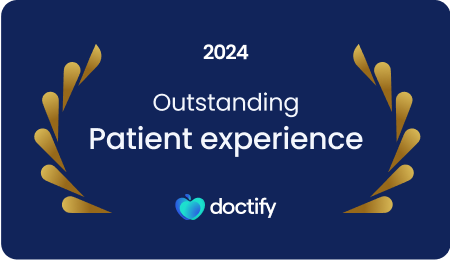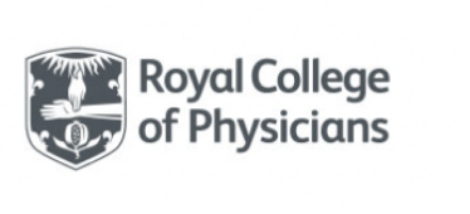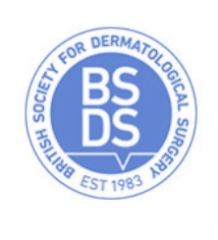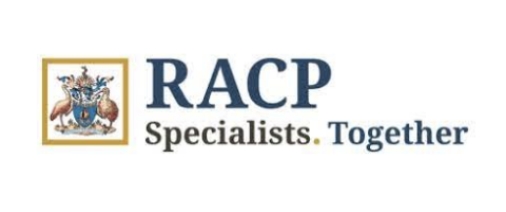Mohs
surgery referral
Your GP, dermatologist or other specialist may refer you to Dr Aslam for Mohs surgery. A copy of the biopsy report will be helpful and a photograph of the site before or after the skin biopsy is always useful.
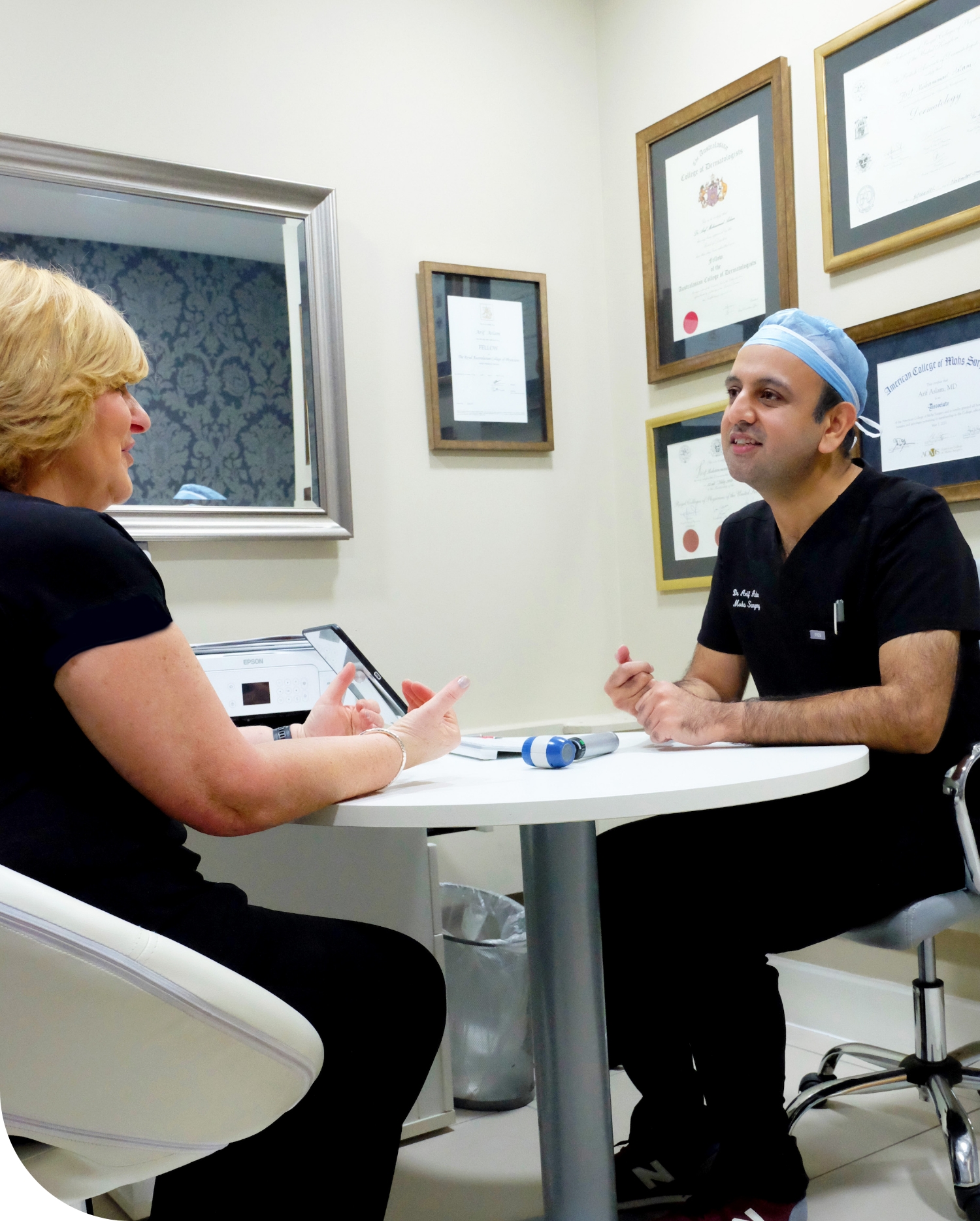
Please fill out the form below, or alternatively, email contact@www.drarifaslam.com
Patient Details
Accreditations & memberships
About Dr Arif Aslam
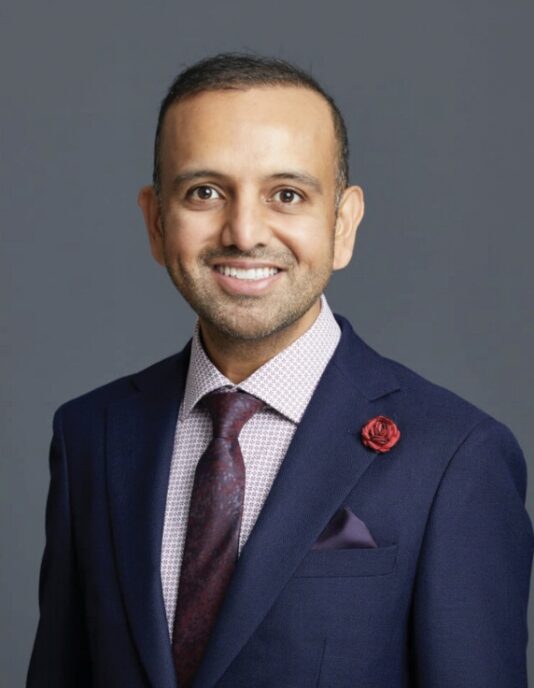
Patient care and cutting edge treatments are paramount to my work as a Consultant Dermatologist where I am always striving for the best possible outcomes for my patients.
Dermatological Surgeon & Mohs Micrographic Surgeon, Honorary Senior Lecturer.
MBChB, MRCP (UK), MRCGP, MRCP (Derm), FRACP, FACD, FACMS
An experienced consultant dermatologist, Dr. Aslam is a double fellowship-trained Mohs micrographic surgeon and fellow of the prestigious American College of Mohs Surgery (ACMS).
He is one of only a few dermatologists in the UK and Europe with this accreditation and the only UK dermatologist with membership of both the Australasian College of Dermatologists and American College of Mohs Surgery.
